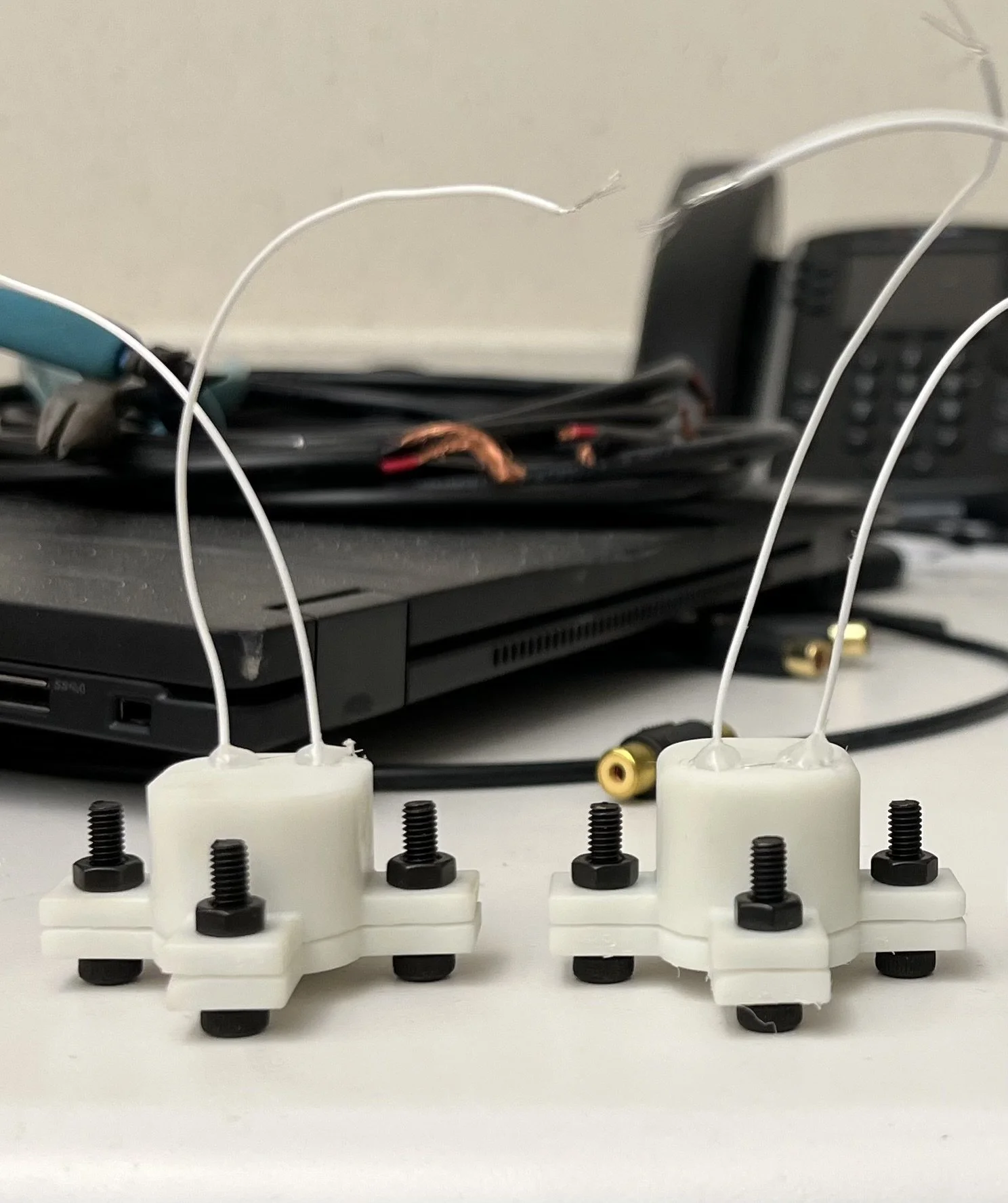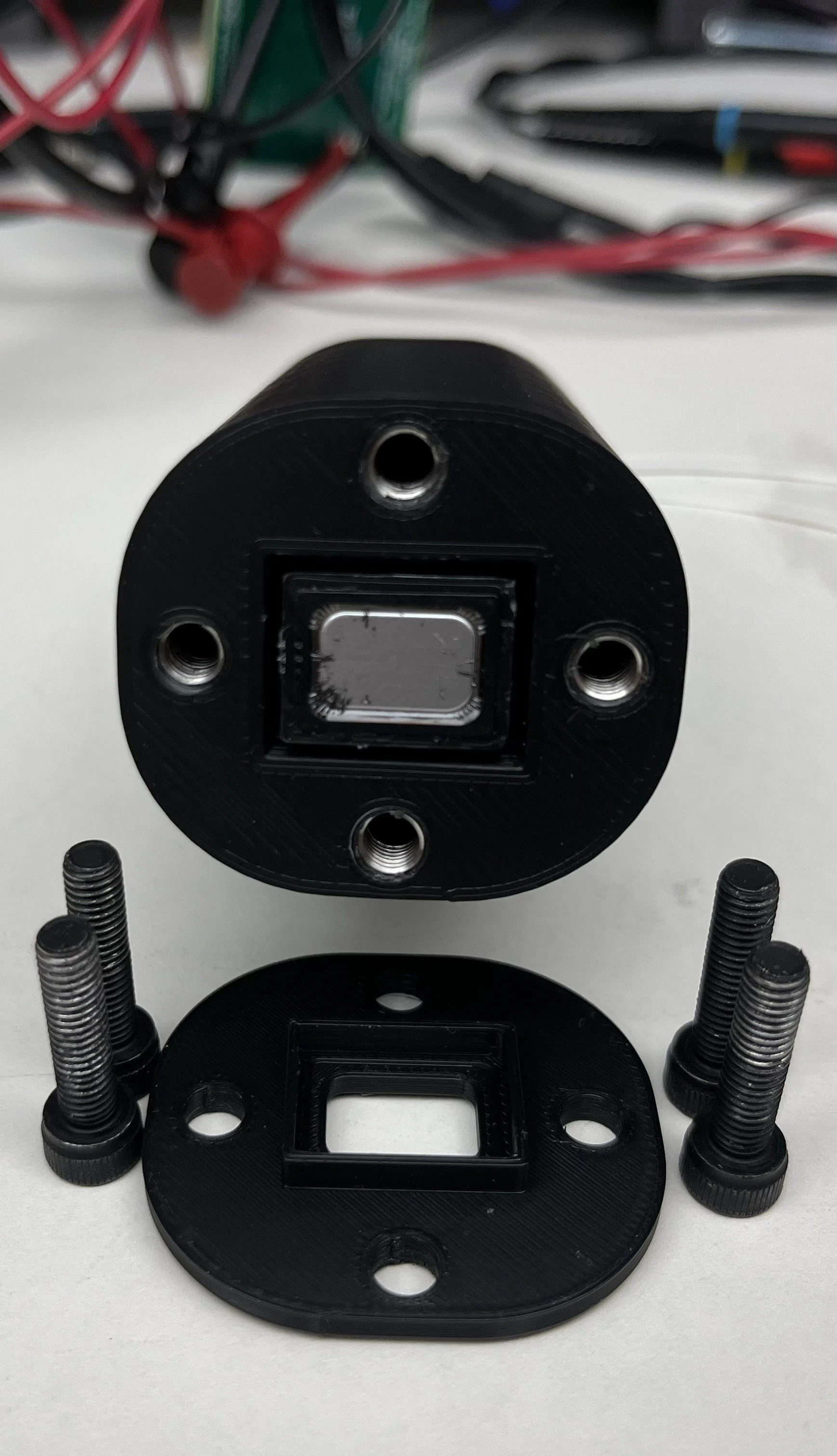What was the purpose?
The wearable medical device produced alarm tones at varying loudness levels. The goal of this project was to determine whether the alarms could be heard clearly by different patient groups. If certain tones were not audible, the next step was to identify and implement a suitable replacement speaker.
Speaker Selection
The first step of the study was to identify a potentially suitable replacement speaker. Four different speakers were tested at their OEM-rated power across all relevant device frequencies. Testing conditions were standardized to ensure accurate and consistent results.
Custom 1cc enclosures were designed for each speaker and mounted on a shock-absorbing mount to minimize unwanted noise. Audio data was collected using specialized software and compiled in Excel for analysis.
Enclosure Optimization
After identifying a potential replacement speaker, the next step was to optimize the enclosure and setup. Initial testing showed that the system was not achieving the sound pressure level (SPL) output expected based on the OEM specifications.
RTV was used to seal potential gaps in the enclosure, and the rear cavity was optimized to improve performance. A soundproof box was also built to collect data under controlled conditions, providing results that more accurately reflected manufacturer testing standards.
Speaker Comparison
With a potential replacement speaker selected and the enclosure optimized, the final step of the study was to compare it directly to the current speaker. The rear cavity of the enclosure was adjusted to approximately match the volume of the PCB housing used in the device. The sound pressure level (SPL) of each speaker was then measured across all device tone frequencies.
The SPL of each speaker was measured and compared to the hearing thresholds of different patient age groups to determine whether the device tones could be perceived by the intended users. Based on these results, it was concluded that a speaker replacement was necessary.




